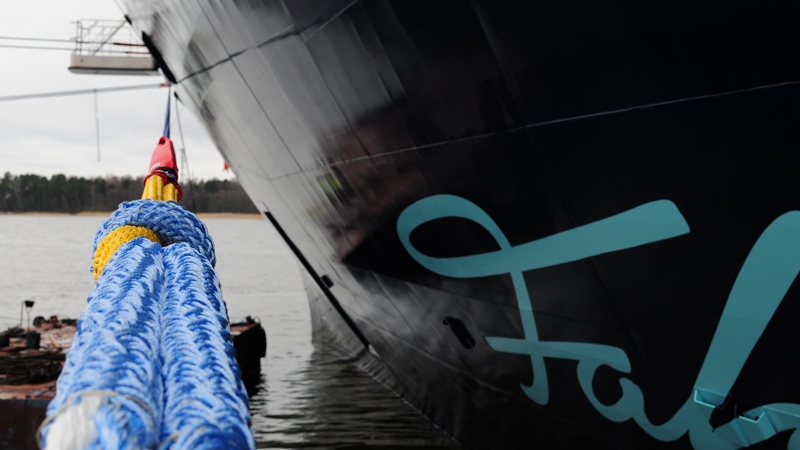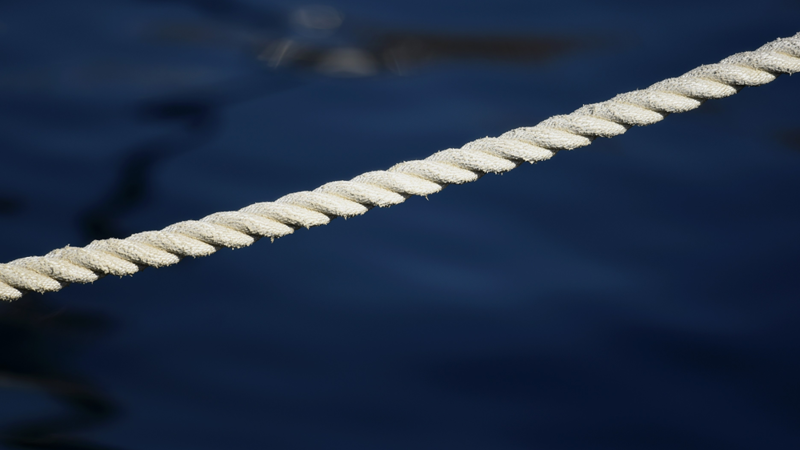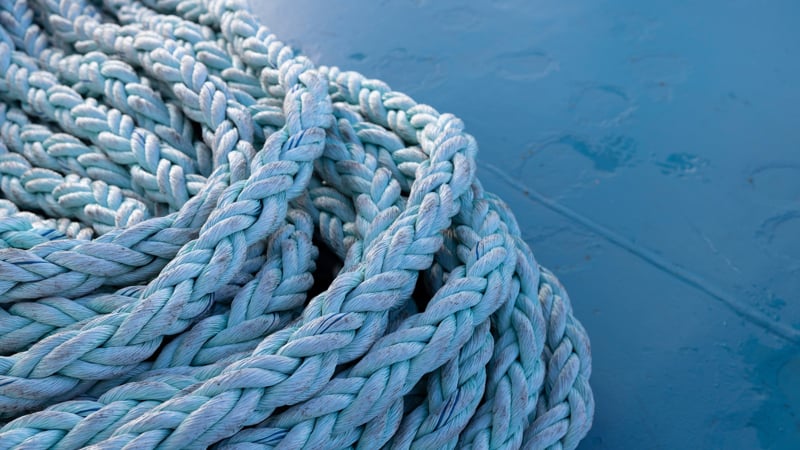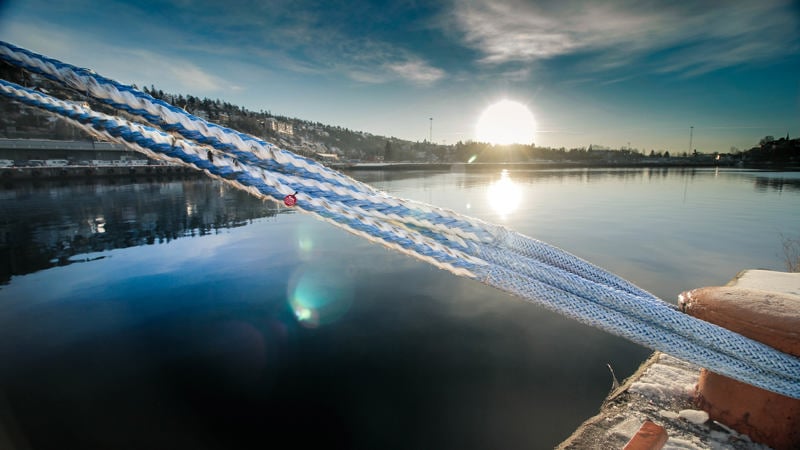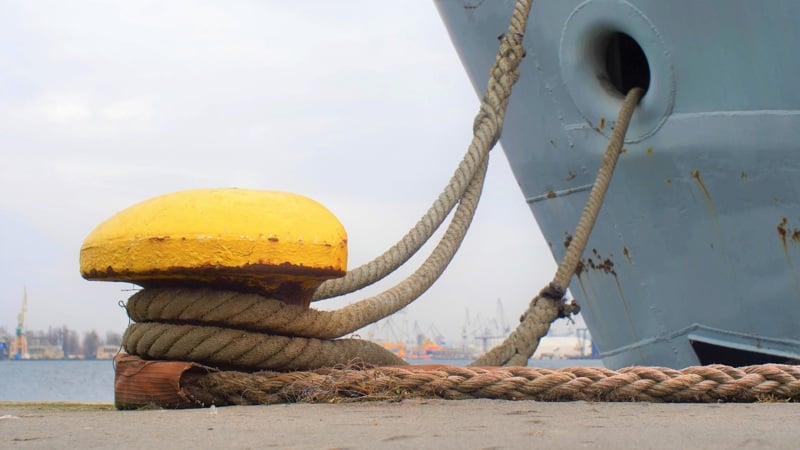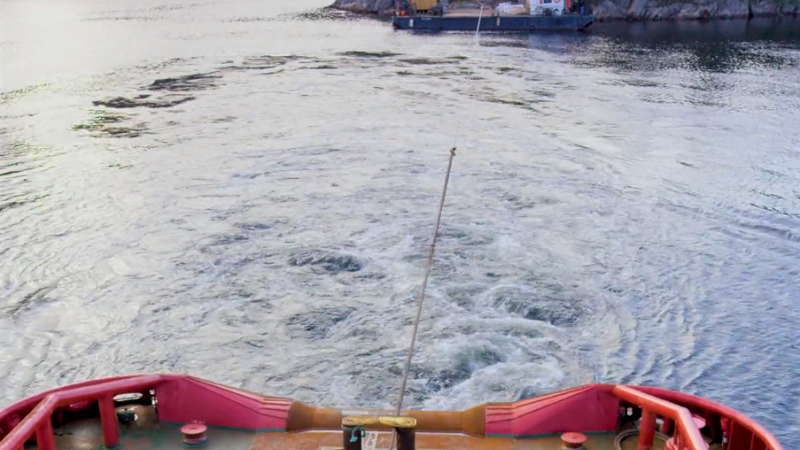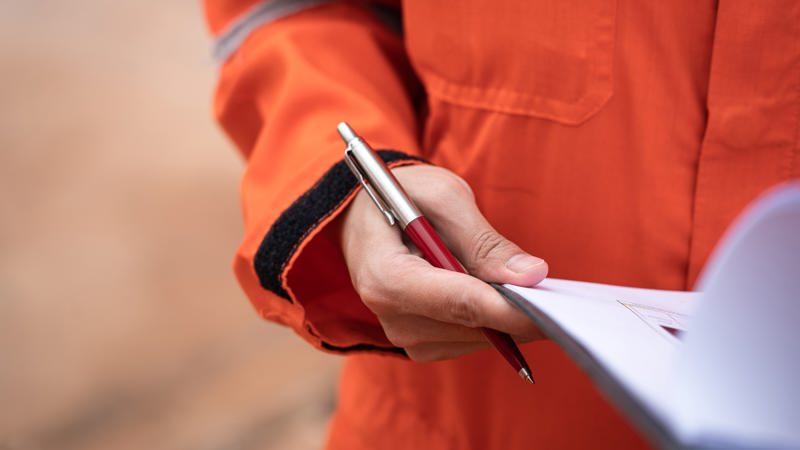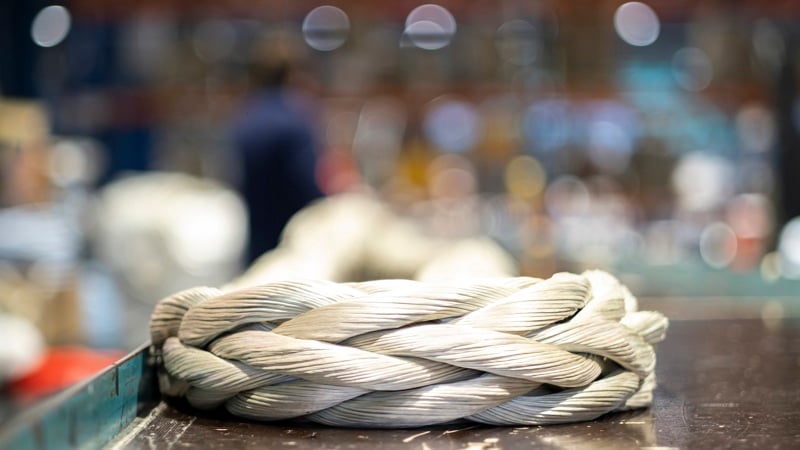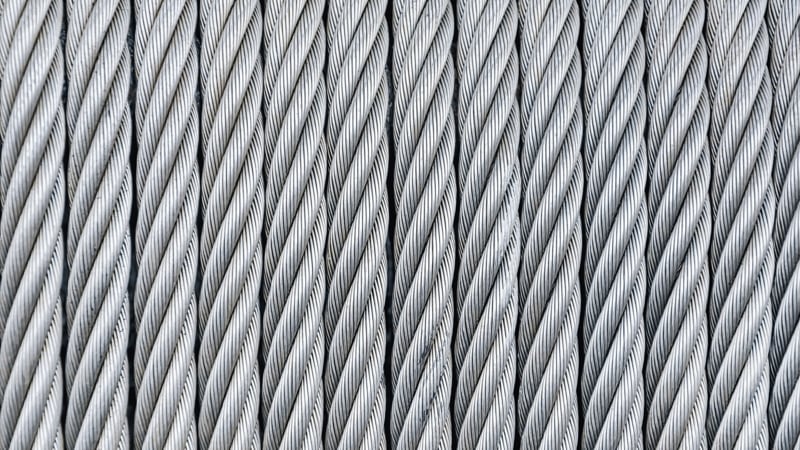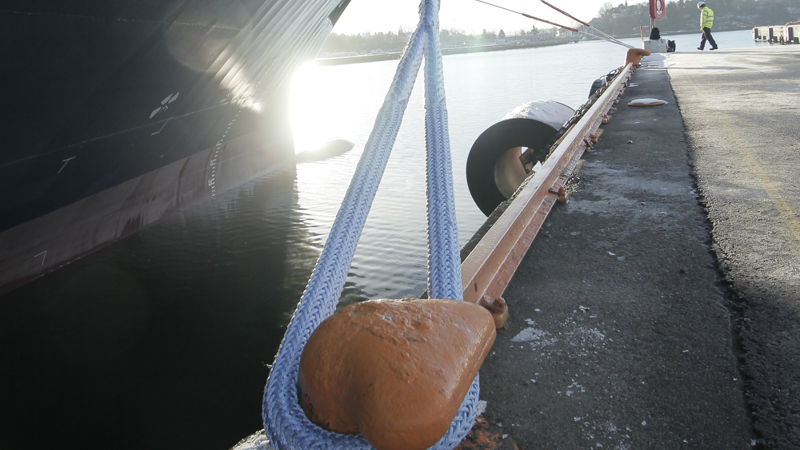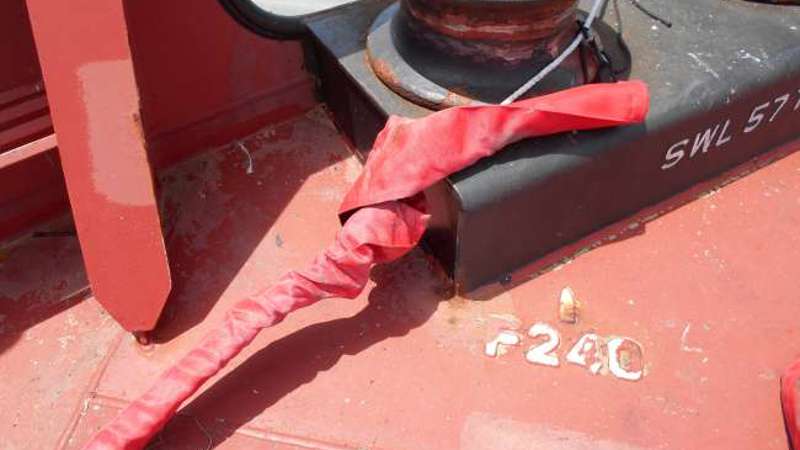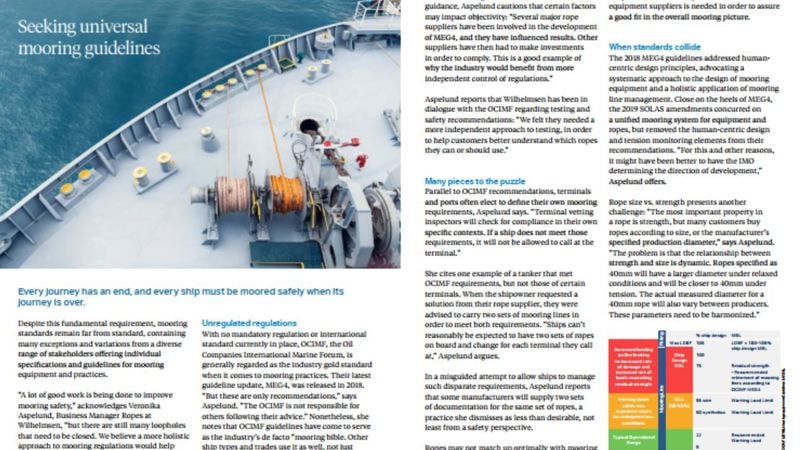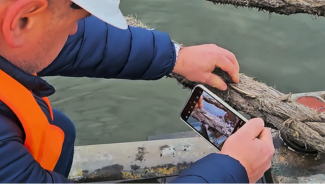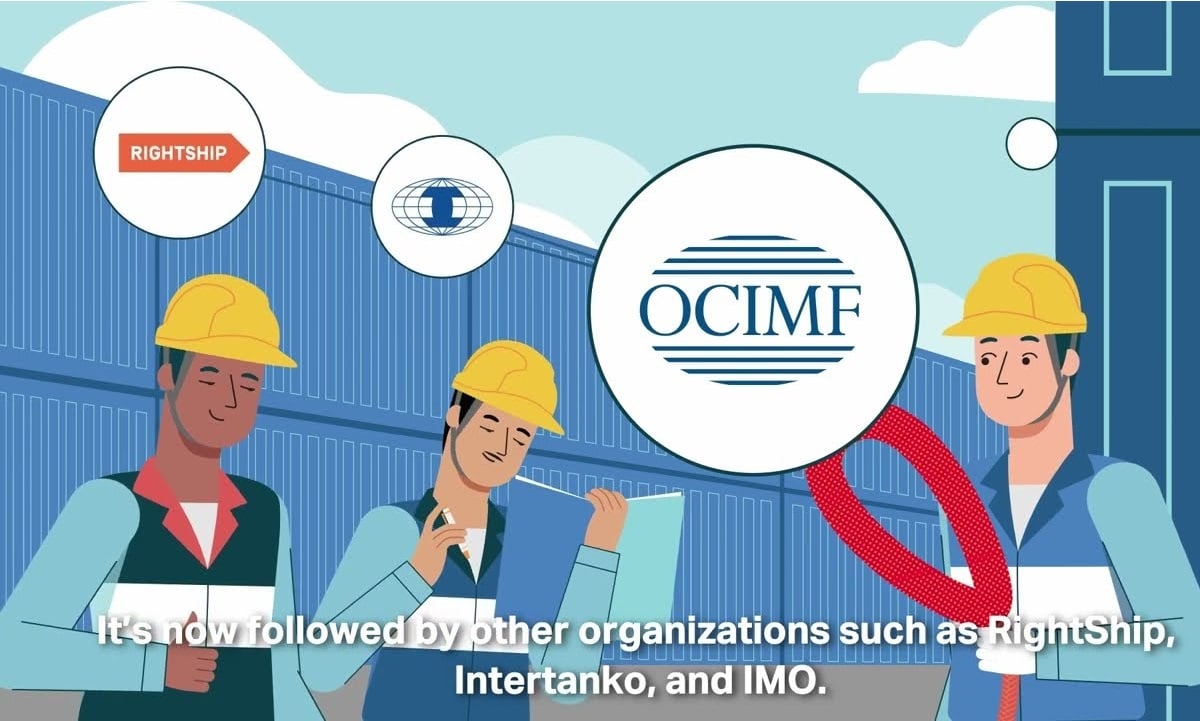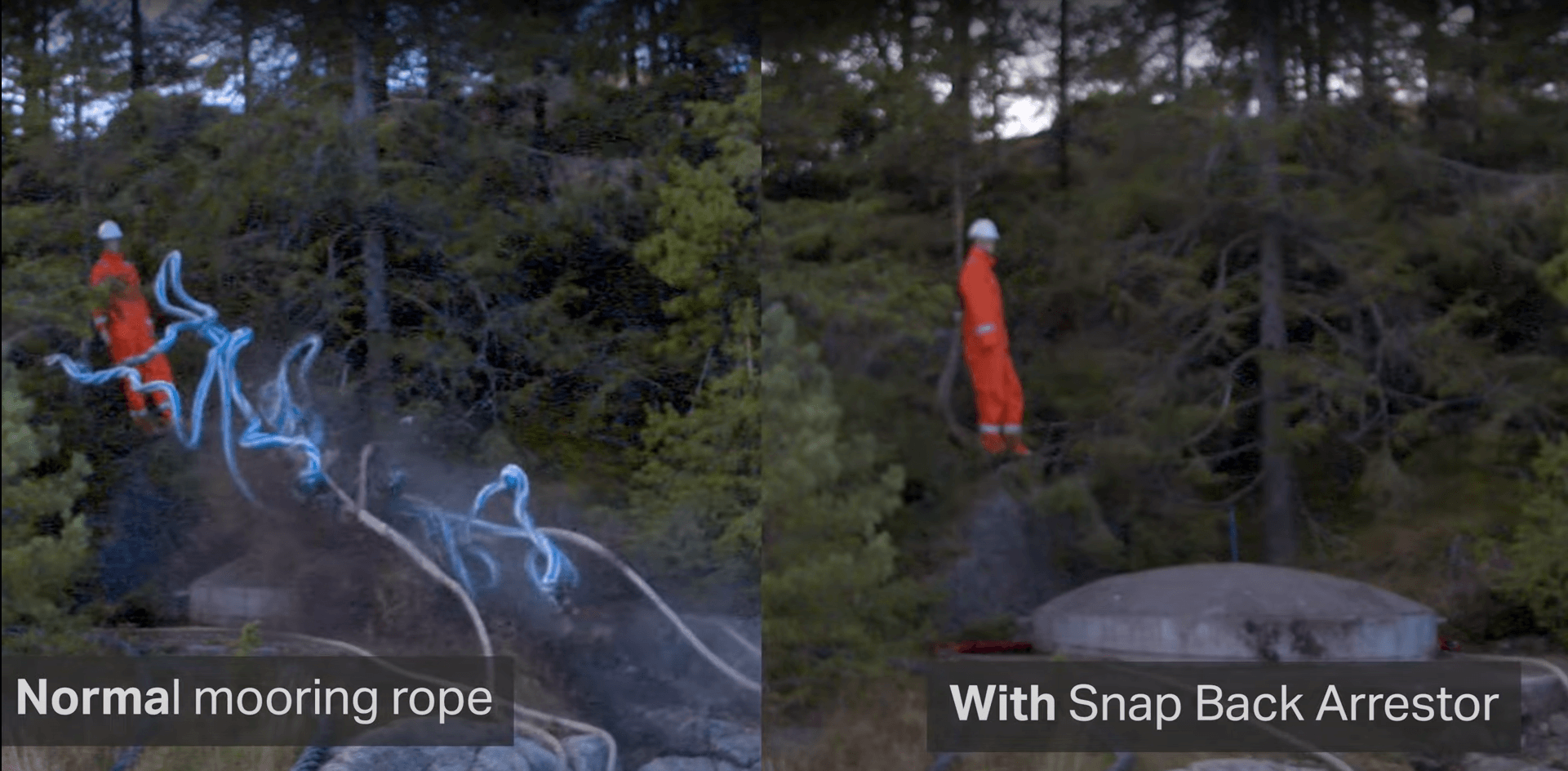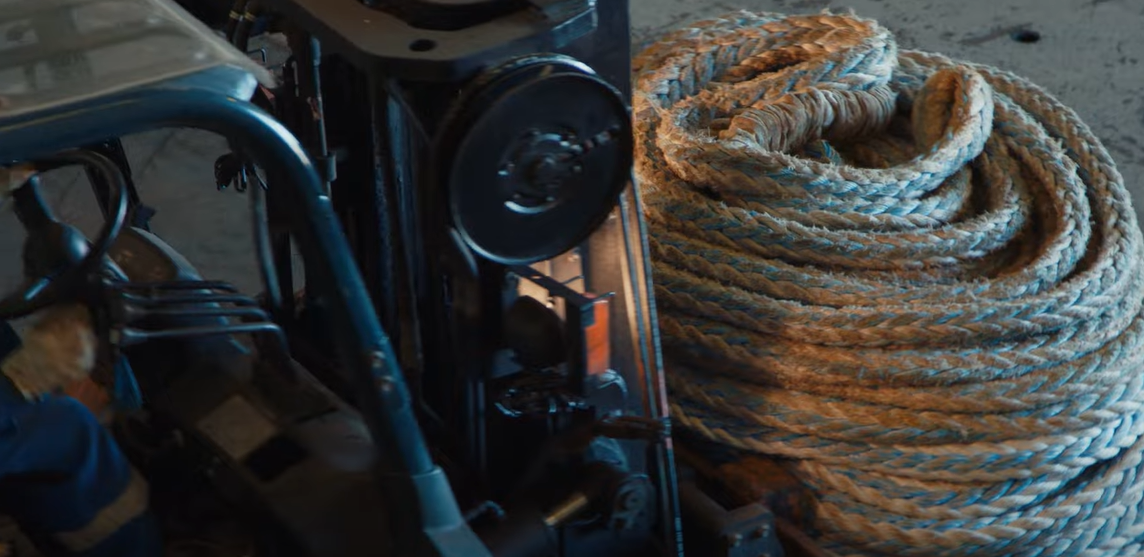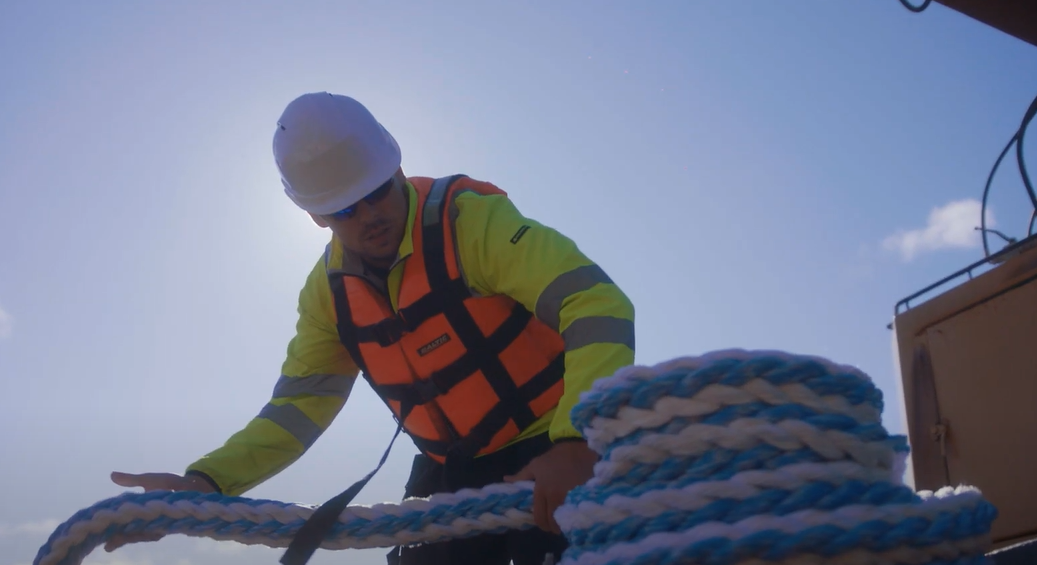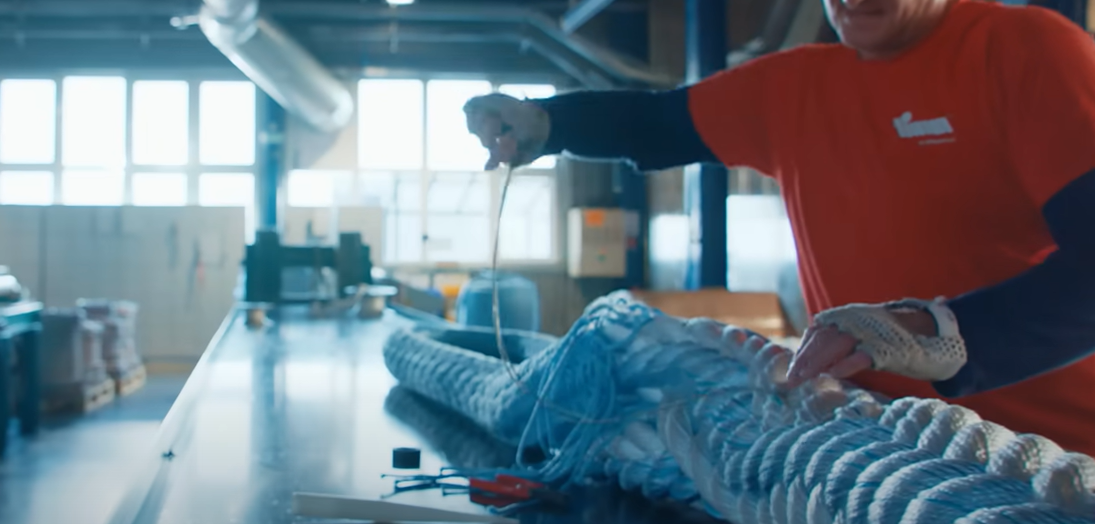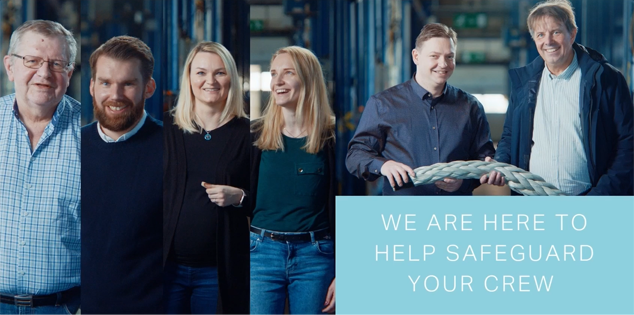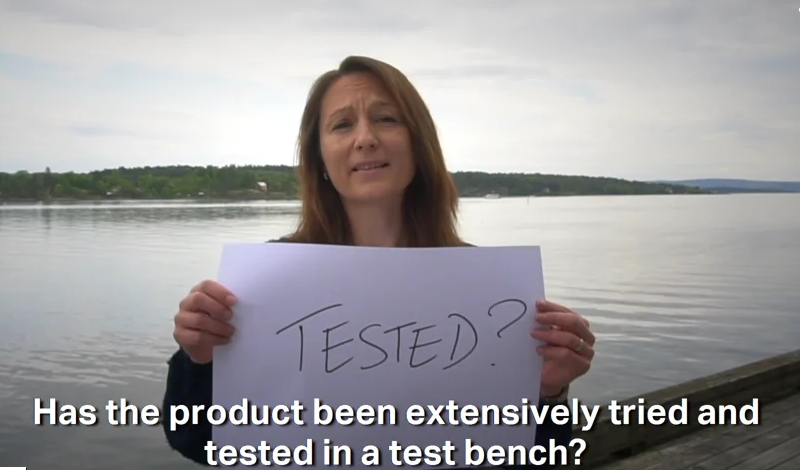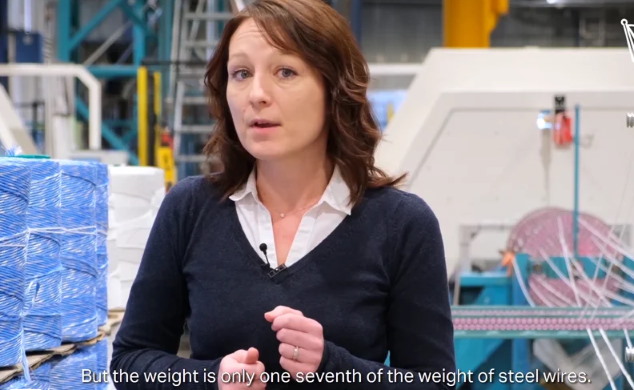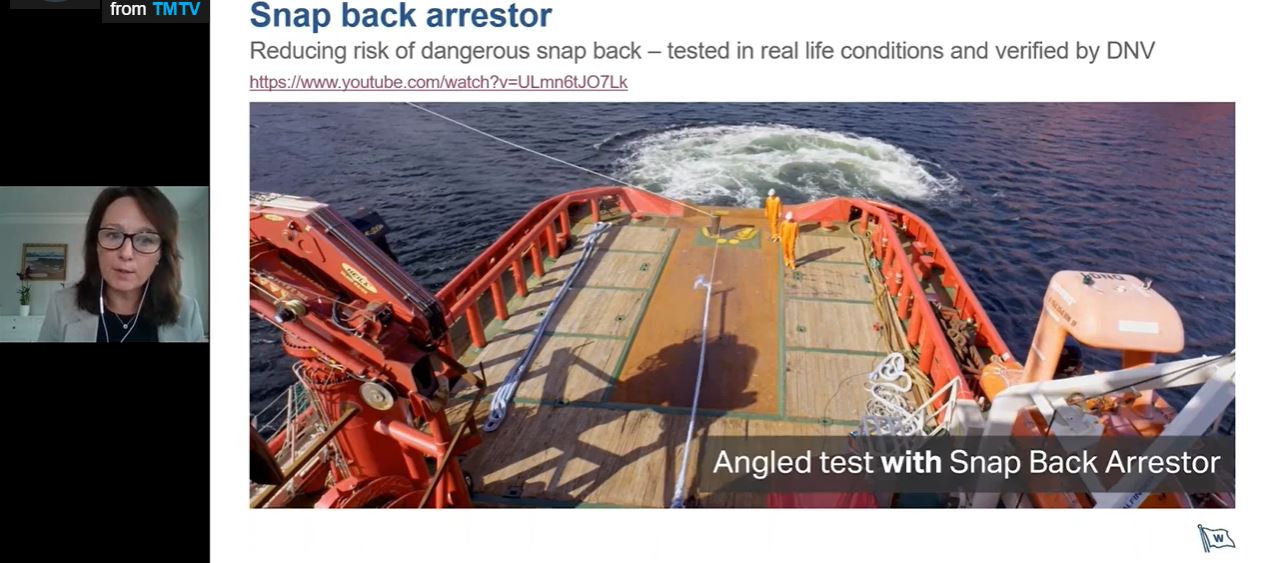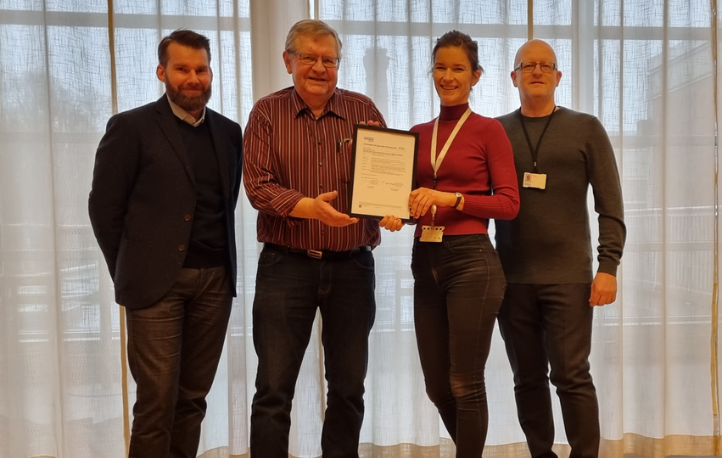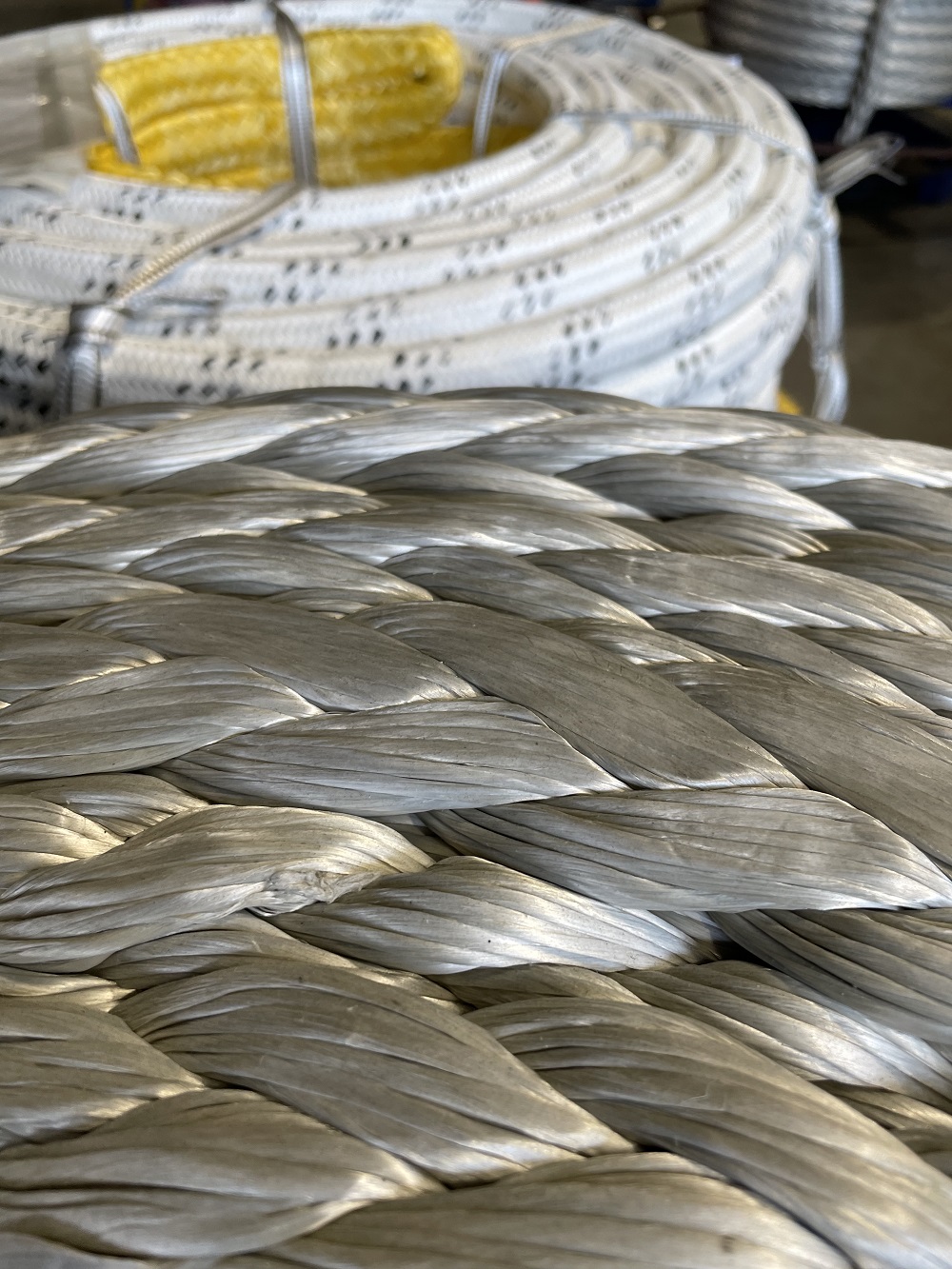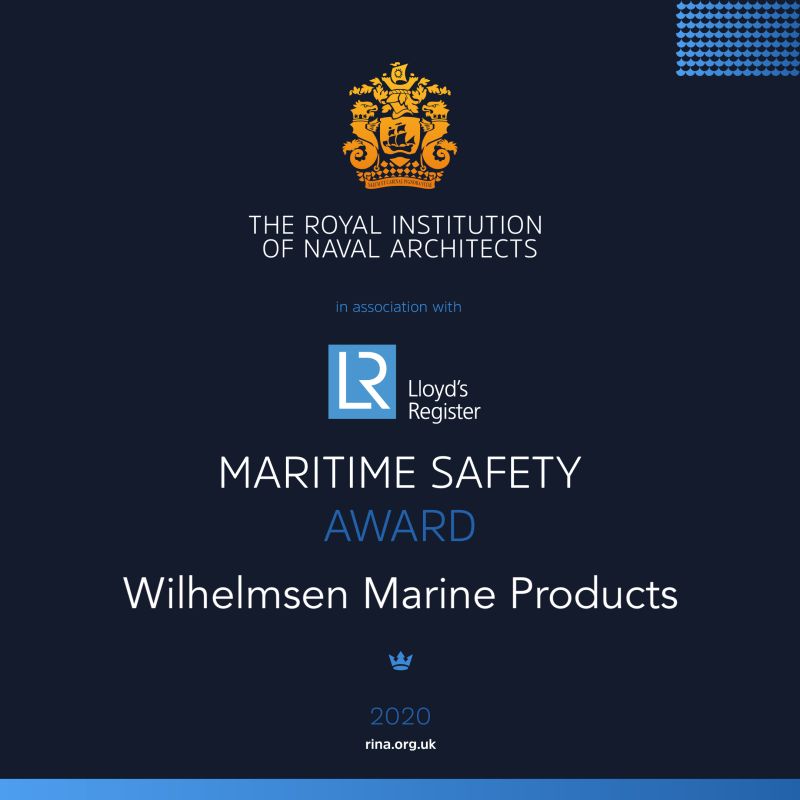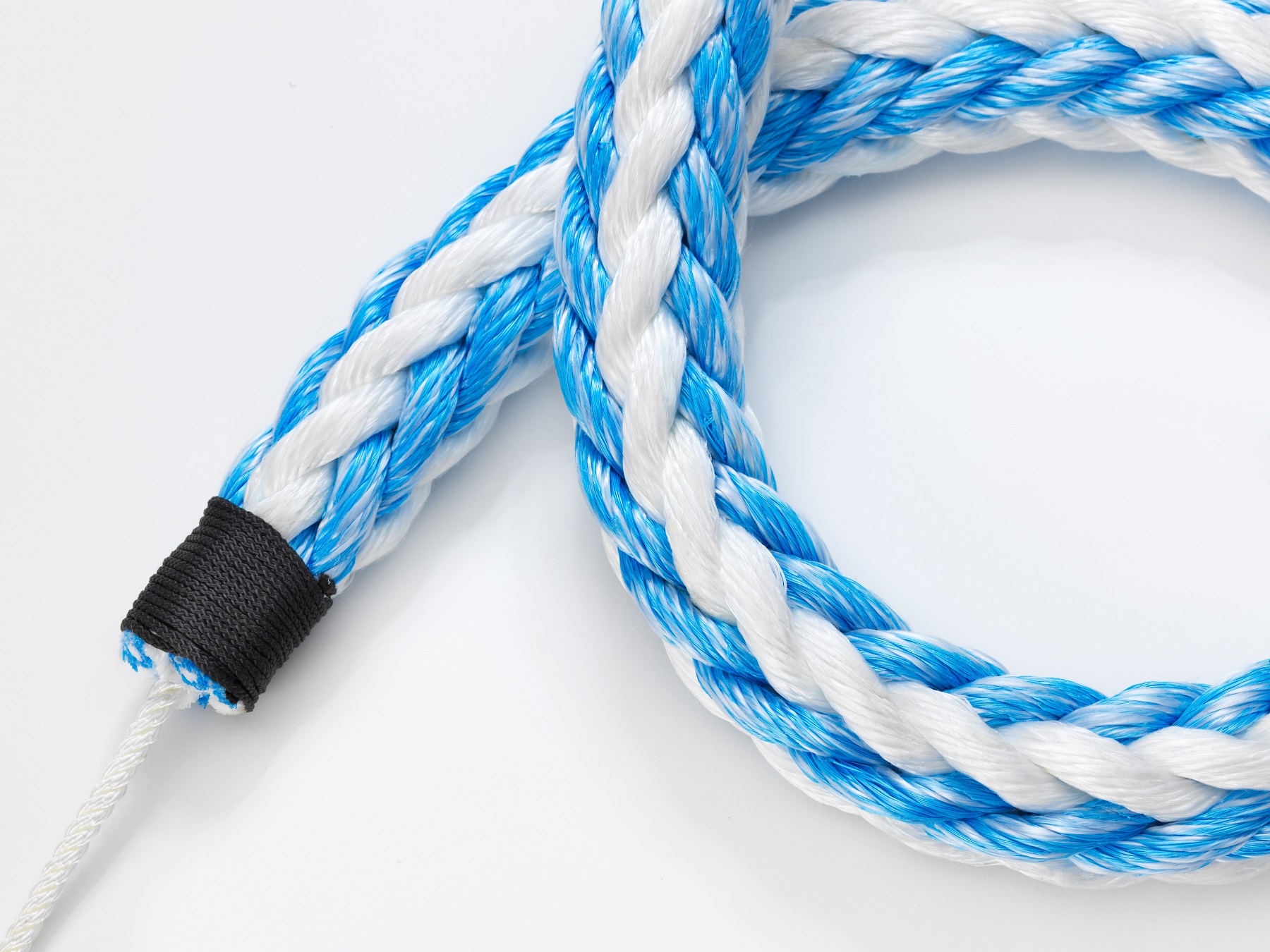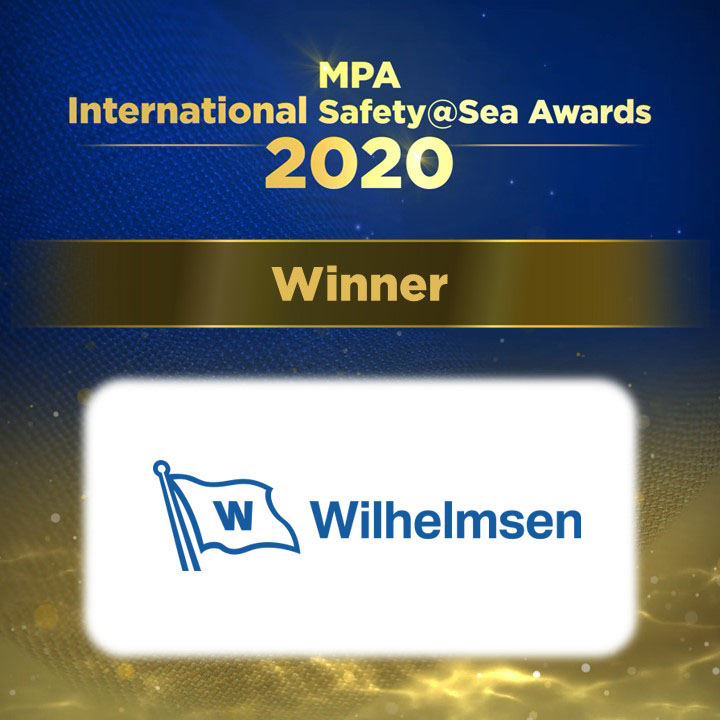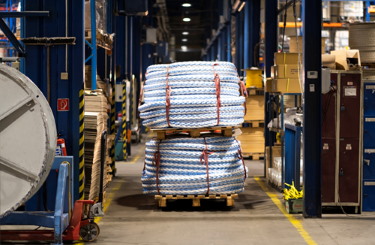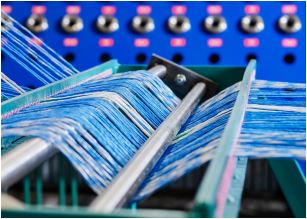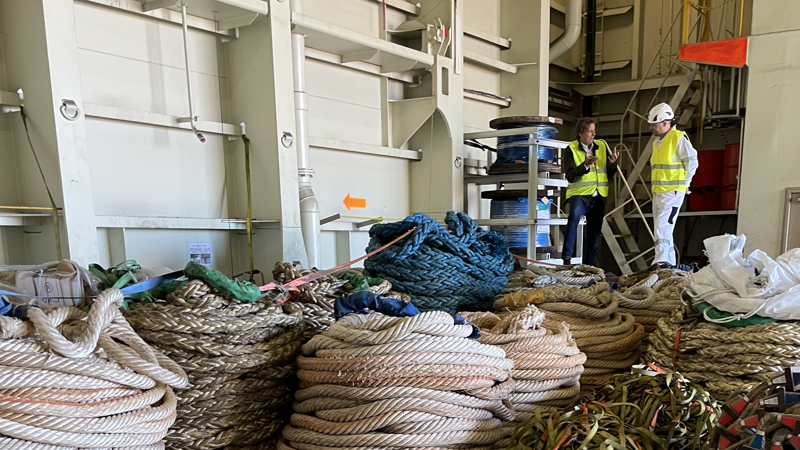
Towards Safer Mooring
Developed through years of research and development
Setting the benchmark for safer mooring
Mooring operations are inherently risky, posing significant challenges to maritime crews daily. From injuries during line handling and equipment failures to the unpredictability of harsh weather conditions, these tasks carry substantial dangers.
The consequences of mooring accidents can be severe—ranging from serious injuries and loss of life to extensive vessel damage and even environmental harm. With so much at stake, prioritizing safety and operational efficiency is not optional; it’s essential
At Wilhelmsen, we are redefining mooring solutions for the maritime industry. Our innovation-driven approach places safety at the heart of everything we do. Our mooring ropes are engineered to endure the harshest conditions while safeguarding your crew and preserving your assets.
Our mission is clear: to provide you with reliable, durable, and efficient solutions that simplify and enhance every mooring operation.
Whether you’re looking for durable mooring ropes, expert advice, or industry-leading insights, Wilhelmsen is your trusted partner in achieving safer, smarter, and more efficient mooring operations.
“Safety is not just a priority; it’s the foundation of every product and service we offer.”
Key benefits
-

Safety
Our Timm Snap Back Arrestor (SBA™) is the world's first SBA rope to receive DNV's Certified Technology approval. It reduces dangerous snap back and provides the safest possible working conditions for your crew.
-
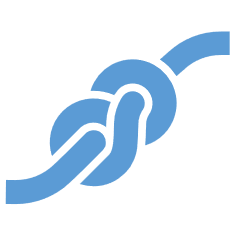
Proven performance
Developed through years of research and development and meticulously tested in real-life conditions. Our SBA™ ropes have been proven in operation and are trusted by thousands of vessels worldwide
-
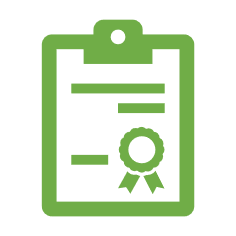
Compliance
Our ropes are DNV type approved and meet OCIMF MEG4 and SIRE 2.0, RISQ 2.0, SOLAS, and Intertanko guidelines
-

Global availability
Access our high-quality ropes wherever your operations take you, thanks to our extensive network.
-

Technical support
Our team of experts is ready to assist you with expert advice and solutions for all your mooring needs.
Our Ropes are Approved by Class Societies
-
Proudly type approved by DNV for mooring ropes
-
Proudly approved by Class NK for mooring ropes
-
Proudly approved in Korean Register for mooring ropes
As a former Master Mariner, I understand the dangers posed by unreliable equipment onboard, having seen a few accidents taking place in my time at sea. We did not have safety features built into mooring ropes when we were sailing, so we had to rely only on mooring training and adoption of best practices, as risk mitigation. However, when I was introduced to Timm ropes with SBA (snapback) feature, it was an option that didn't require any second thoughts for my team and myself. Beyond the quality and reputation of the WSS brand, we saw this as an opportunity to add another layer of safety and reduction of risk for our mooring operations across the fleet.
Designed to tackle the toughest maritime challenges
Our mooring solutions combine innovation, safety, and efficiency. From high-performance mooring ropes to user-friendly digital tools, we provide the right solution for your needs.
-
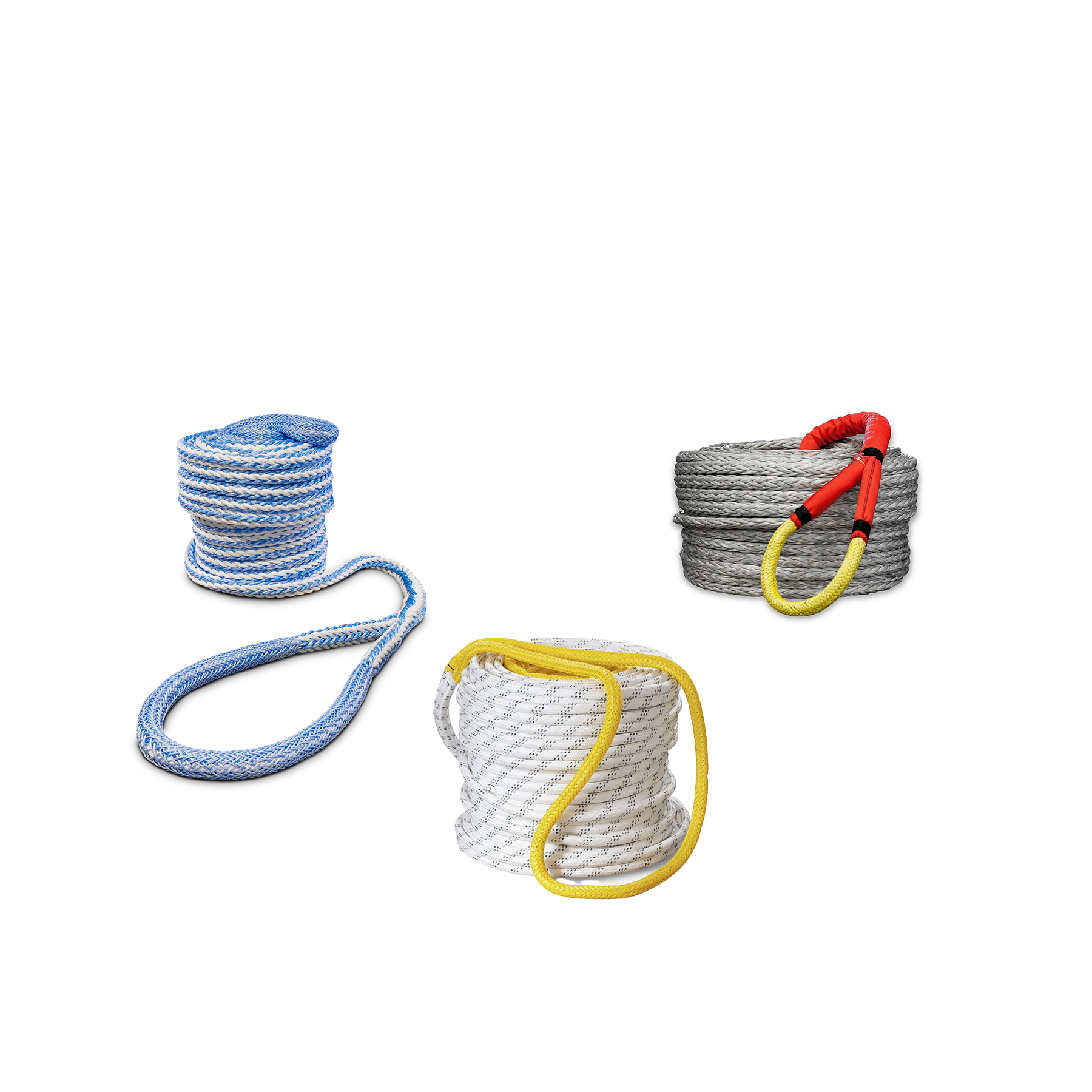
mooring_ropes_wss Mooring ropes
Built to endure extreme conditions, our mooring ropes ensure superior strength, durability, and reliability.
-
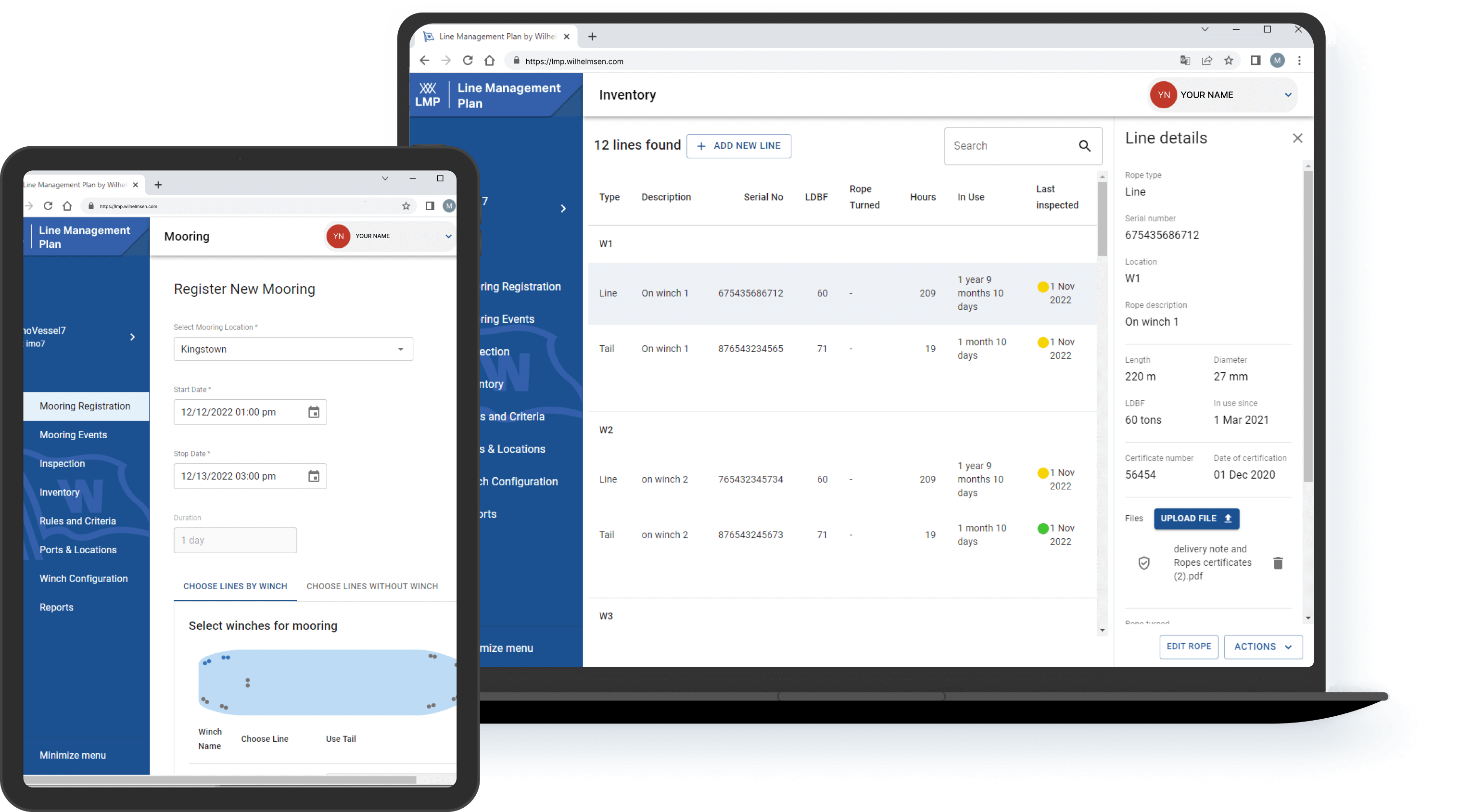
line-management-plan-showcase Line Management Plan
Streamline your mooring operations with our advanced line management plan, designed to optimize rope usage, reduce wear, and improve operational efficiency.
-
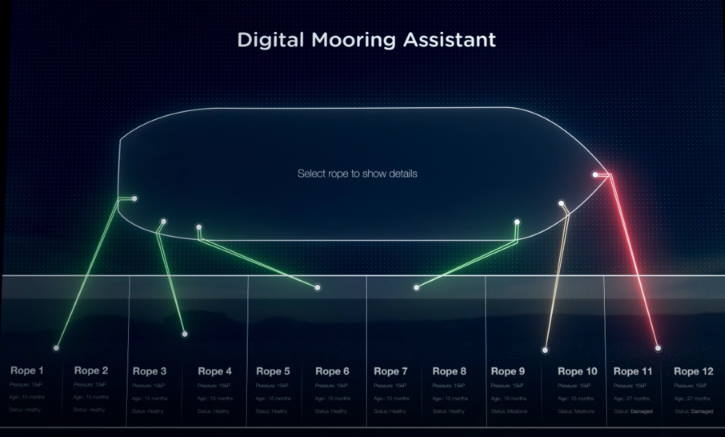
Smart Ropes Dashboard Smart ropes
Take control with smart solutions, including sensors embedded in our mooring ropes to monitor load, wear, and real-time performance, ensuring proactive maintenance and crew safety.
Find the right mooring rope for your vessel’s needs.
Check our Product Catalogue
Expert Knowledge for Safer Mooring Operations
Explore our mooring Knowledge Hub
Expert knowledge - Videos
In the news

